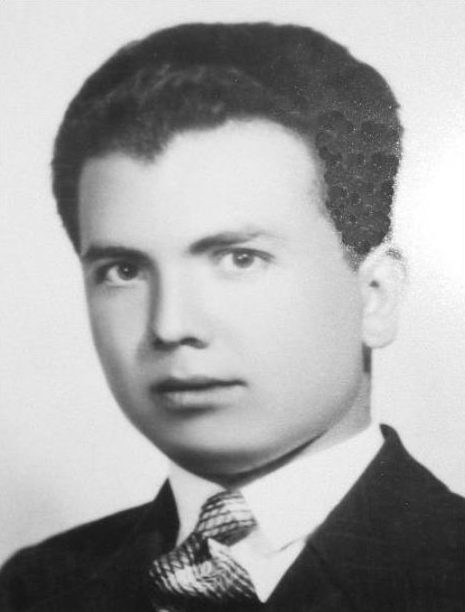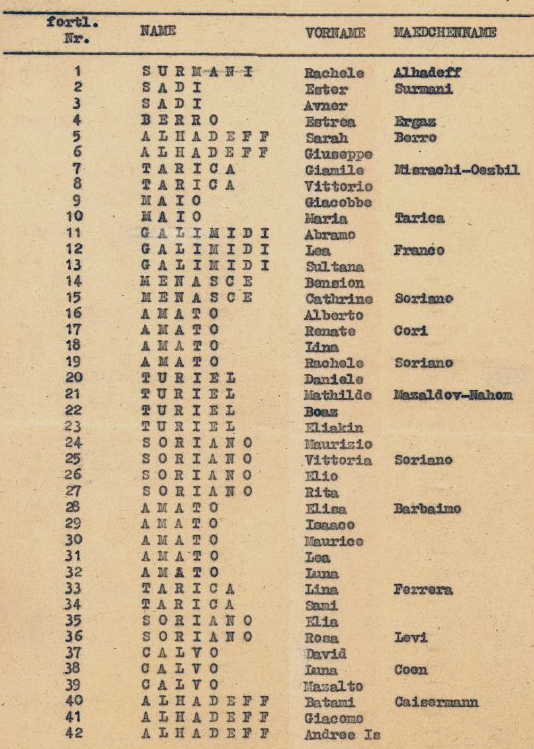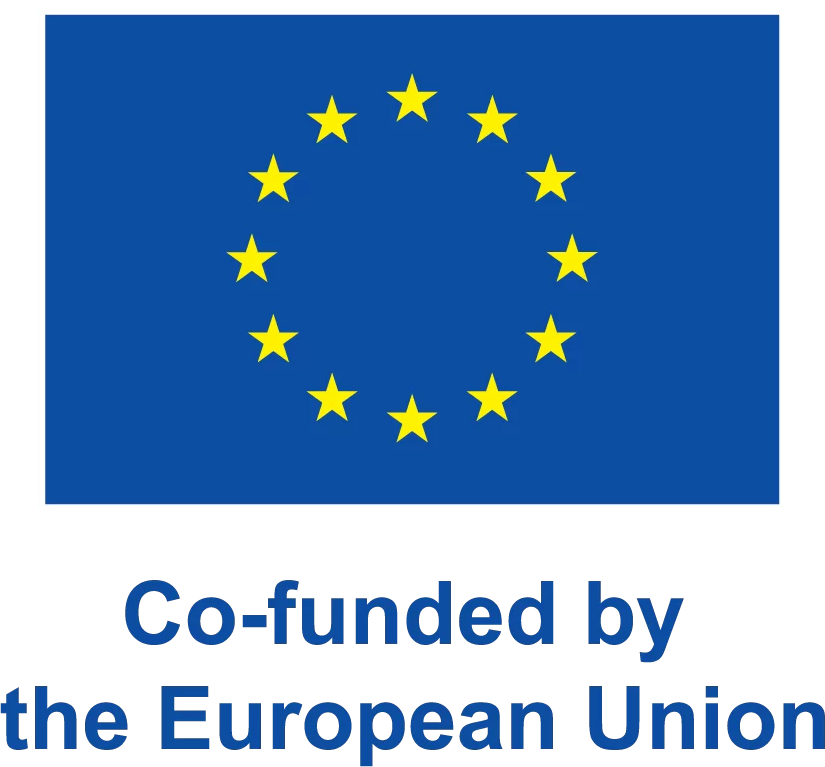Home » In-depth. Exceptions to the deportation of 23 July 1944 » Released by the Nazi authorities
Released by the Nazi authorities
Some of the Jews who were arrested in July 1944 escaped the deportation thanks to a precise diplomatic strategy adopted by the Nazis, who were very careful not to antagonise the authorities of neutral, allied or non-invaded countries.
When the Fascist authorities gave residents of the Italian Islands of the Aegean the opportunity to acquire Italian citizenship in 1924, some members of the Jewish community chose to keep their Turkish citizenship.
Turkey was neutral during the Second World War and its citizens – in the Dodecanese as well as the rest of Nazi-occupied Europe – were freed if their documents were in order and up-to-date. All those whose documents were not up-to-date were deported: not to Auschwitz, the planned destination for all Jews, but to Bergen Belsen, a camp where those who could be used for prisoner exchanges were interned.
Following the arrest of the entire community in Rhodes, 42 Turkish Jewish citizens were released thanks to the intervention of Turkish consul Salaheddin Ulkuman.
Three other Turkish citizens were released in Kos: Hayatiè Franco née Israel, her 4-year-old son Enrico, and an elderly aunt, Hermana Zinbul Surmani.
However, Hayatiè’s husband, Alberto Franco, and sister, Juliette Israel, together with Juliette’s husband Moshè Menascé and their three daughters Renata (1936), Matilde (1940) and Sara (1943), were forced onto boats bound for Piraeus and only released once they reached Haidari.
Of particular interest is the story of Alberto Franco who, with the train bound for Auschwitz set to depart and all the carriages already closed, heard his name called by a German soldier running along the platform. Alberto was taken off the train as he was the husband of Turkish citizen Hayatiè Israel.
In an interview with the CDEC Foundation, Alberto’s sister, Elisa Franco, who was arrested with him in Kos, recalls the fleeting and frenzied moment when her brother tried in vain to take her with him. Elisa therefore remained alone on the train and was deported to Auschwitz.
Interview with Elisa Franco by Marcello Pezzetti, Brussels, May 11th, 2004 (CDEC Foundation Archives, Fund Archivio della Memoria)
In conclusion, at least 54 Jews from the Aegean Islands were saved in July 1944 because they belonged to protected nationalities.







